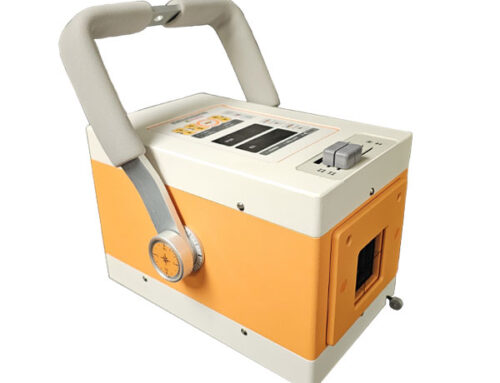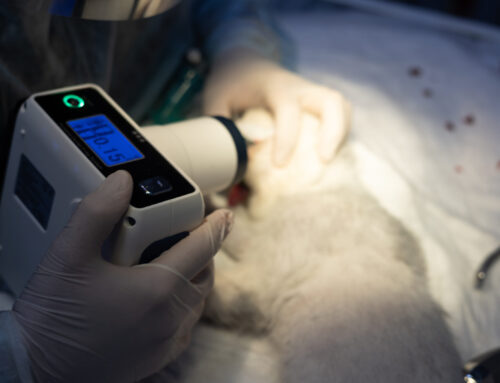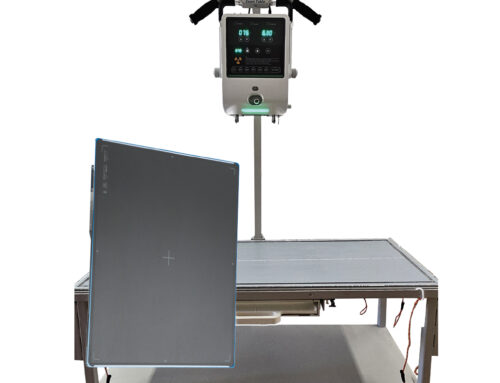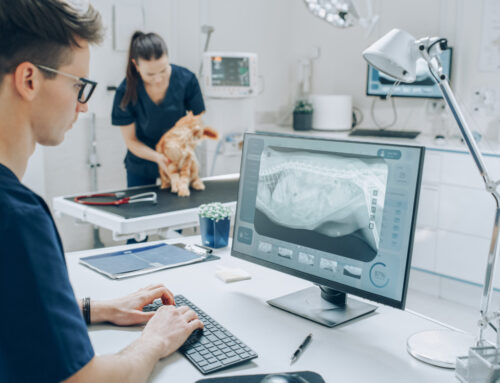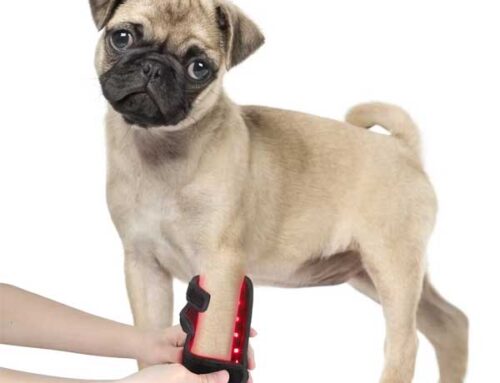Keep Your Pet Safe This Holiday
T’is the season…decorations come out of storage, lots of family and friend gatherings, food, food, and MORE FOOD. Animals can get into the spirit with you; now is the time to figure out any hidden hazards your home or guests may present to your pets.
Here’s what you need to watch for:
Avoid These Dangerous Foods
With so much food around at the holidays, pets can easily and unexpectedly help themselves to people treats. Dogs are masters at finding unattended plates and trash cans, while cats can easily jump on to counter tops and tables. Guests may have an open and generous hand.
5 foods you should keep away from your pet:
1. Chocolates products contain methylxanthines, which include caffeine and theobromine. Vomiting and diarrhea are common side effects of eating chocolate. More serious effects include anxiousness, hyperactivity, stumbling, tremors, abnormal heart rhythms, seizures and even death. In most cases, if the pet is treated early, the prognosis is generally good.
2. Xylitol, the artificial sweetener, can be deadly to pets. Ingestion causes a dangerous drop in blood sugar, which can result in vomiting, lethargy, weakness, collapse, or seizures. Signs appear in as little as 15 to 30 minutes but may be delayed for up to 12 hours. In some dogs, liver failure can occur in 72 hours.
3. Fat Trimmings and Bones may include inflammation of the pancreas (pancreatitis), broken teeth, severe vomiting, diarrhea, or a blockage of the esophagus, stomach, or intestines. Best to avoid.
4. Grapes and Raisins can cause kidney failure in dogs (we don’t know why). Signs that your dog may have eaten these sweeties include vomiting, followed by lethargy, loss of appetite, increased thirst and increased urination.
5. Alcohol, even small amounts can cause coma and death to dogs and cats. Signs usually appear within 15 to 30 minutes and may include unsteady gait, vomiting, and lethargy.
Create a Safe Environment for Your Pets
6. Tinsel, ornaments, and ribbon are especially attractive to cats; they wiggle and sparkle and are great toys. Broken ornaments can cause cuts, and eating ornaments, tinsel, or hooks can cause serious intestinal injury.
7. Holiday Plants, poinsettias and mistletoe to name two, may be problematic, but their toxicity is overrated. Eating poinsettias will not risk your cat or dog’s life; however, it can cause irritation to the mouth and possibly vomiting and diarrhea. Mistletoe can cause heart problems, but usually only causes gastrointestinal symptoms. The same goes for holly.
If you are a cat owner, lilies are the one plant you must worry about because eating them can cause kidney failure. If you spot lilies in an arrangement, get it out of your home immediately and clean up any pollen — every part of the plant is toxic!
Tip: Another overlooked danger is Christmas tree water, which can contain fertilizer as well as bacteria.
8. Cords and Candles make a great chew toy, right? Wrong! Pets often want to chew on electrical cords and lights, which can cause electrocution, so cover or hide all cords. Hide candles as well, because a dog or cat can knock them over and cause burns or a house fire.
9. Liquid Potpourri smells great to you, your cat and your dog. It takes only a few licks of these oils to cause serious chemical burns.
10. Stress isn’t confined to humans; when routines are disrupted and new activities occur, your pet may be the first to notice. Consider keeping the animal isolated in a quiet room with food, water, and a cozy bed. You can also speak to your veterinarian about medications that may help relieve anxiety.
And here’s an extra 1, we bet you hadn’t thought about…
11. Guests, especially if they are not pet owners, may unknowingly place your pet in danger. Make sure to show them where the “approved” treats are located, request that they keep luggage closed to prevent a curious pet from investigating, and instruct them to not leave medications on tables.
Always keep your veterinarian’s number handy, along with the number of the animal poison control center, in case of emergency.
We at Diagnostic Imaging Systems, wish you and yours a happy, peaceful and safe holiday season.
***
This blog is brought to you by Diagnostic Imaging Systems. Diagnostic Imaging Systems, Inc. (DIS) provides Quality Imaging products since 1983. The company combines industry knowledge with an understanding of the veterinary practice. For more information, go to Diagnostic Imaging Systems, Inc. website at: www.vetxray.com
All content provided on this blog is for informational purposes only. The owner of this blog makes no representations as to the accuracy or completeness of any information on this site or found by following any link on this site. The owner will not be liable for any errors or omissions in this information nor for the availability of this information. The owner will not be liable for any losses, injuries, or damages from the display or use of this information. These terms and conditions of use are subject to change at any time and without notice.


